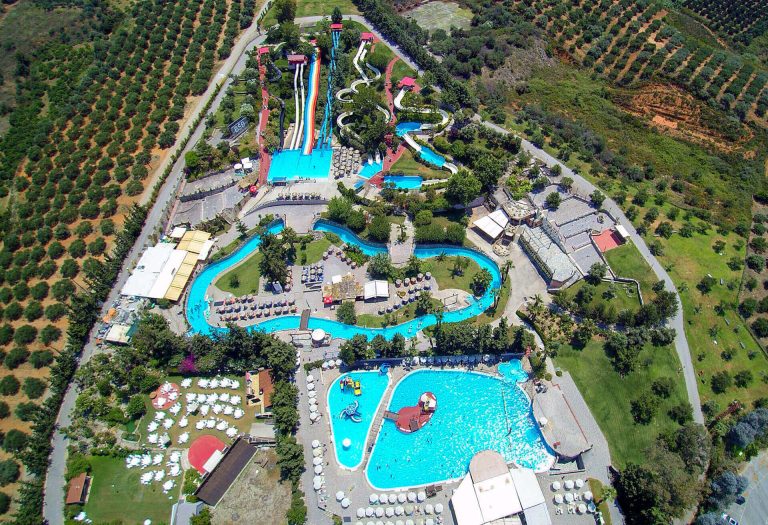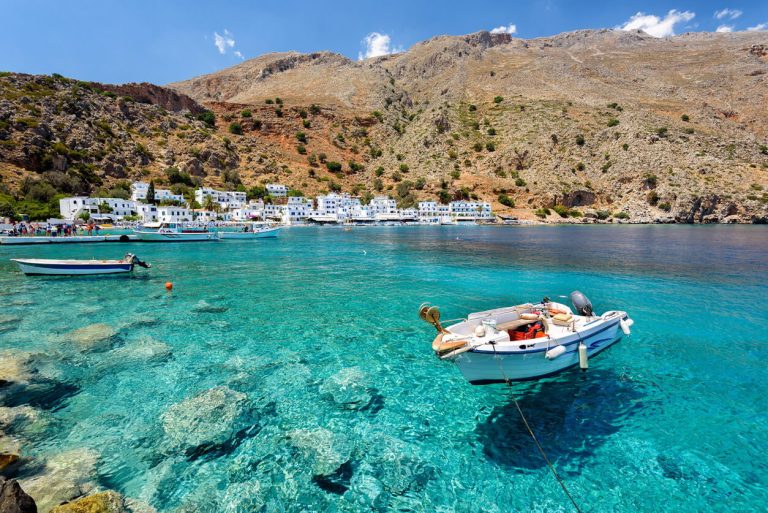
Greek Easter, or “Pascha,” is a time of deep-rooted tradition, joy, and culinary celebration, bringing families together in festivities that celebrate life, rebirth, and the coming of spring. One of the most cherished Easter treats is the traditional Greek Easter cookie, known as koulourakia (koo-loo-RAH-kee-yah). These buttery, slightly sweet cookies are recognizable by their delightful twists and shapes, a characteristic golden color, and a taste that captures the essence of Greek celebration.
History and Symbolism of Koulourakia
Koulourakia have been part of Greek Easter festivities for centuries. The cookie’s origins lie in ancient Greece, where sweet, spiced breads and biscuits were offered to the gods. Over time, they evolved into the Easter treat we enjoy today, symbolizing rebirth and the promise of spring. Some attribute their coiled shapes and braids to ancient symbols of eternity, unity, and resurrection, which align well with the Easter season’s spiritual themes.
Key Ingredients and Characteristics
Koulourakia are relatively simple but pack rich flavor. Here are some of their essential components:
Butter: Adds a creamy richness to the dough.
Sugar: Provides a delicate sweetness, which makes them versatile for breakfast, snacks, or dessert.
Eggs: Greek Easter cookies often have a golden glaze made from egg wash, giving them a shiny, appealing look.
Vanilla or Orange Zest: Vanilla and citrus zest add a subtle fragrance and complexity to the flavor.
Flour: The primary base, providing structure and that satisfying, crumbly texture.
Baking Powder: Gives a slight rise, making the cookies tender rather than dense.
Some variations may also include ouzo, a traditional Greek anise-flavored spirit, which adds a distinct hint of anise that pairs beautifully with the sweet, buttery flavor.
Traditional Shapes and Forms
One of the most fun aspects of making koulourakia is forming the shapes. These cookies are often braided, twisted, or shaped into small rings. Families, especially children, enjoy this part of the process, as it allows for creativity. The most common shapes include twists, braids, and small rings, which are easy to shape by hand and look beautiful when baked.
Each family often has a signature twist, passed down through generations, making each batch of koulourakia unique. The shapes are not just for aesthetics; they also have symbolic meanings, as circles and braids have long symbolized continuity and unity.
Baking and Serving
The process of baking koulourakia is straightforward, but care is taken to ensure they achieve the right texture and color. After rolling and shaping the dough, each cookie is brushed with an egg wash, giving them a glossy finish. They are then baked to a light golden brown, achieving a crisp exterior and a soft, delicate crumb inside.
Koulourakia are traditionally served throughout Holy Week and Easter Sunday, paired with Greek coffee or tea. Some enjoy dunking them into coffee, as they have a perfect texture for soaking up a little liquid without falling apart.
Recipe for Traditional Koulourakia
Here’s a simple recipe for making your own batch of Greek Easter cookies.
Ingredients
1 cup unsalted butter, softened
1 cup granulated sugar
3 large eggs (reserve one for the egg wash)
1 tablespoon vanilla extract
Zest of 1 orange
4 cups all-purpose flour
2 teaspoons baking powder
Optional: 1 tablespoon ouzo (for a hint of anise flavor)
Instructions
Prepare the Dough:
Preheat the oven to 350°F (175°C) and line baking sheets with parchment paper.
In a large mixing bowl, cream together the butter and sugar until light and fluffy.
Add two eggs, vanilla, and orange zest, mixing until well combined.
In a separate bowl, whisk together the flour and baking powder. Gradually add the dry ingredients to the butter mixture, mixing until a dough forms. Add a splash of ouzo if desired.
Shape the Cookies:
Pinch off small pieces of dough and roll into long ropes. Twist or braid the ropes into your desired shapes.
Apply the Egg Wash:
Beat the reserved egg and brush it over the tops of the cookies to give them a beautiful golden finish.
Bake:
Place cookies on baking sheets and bake for 15-20 minutes or until they’re golden brown. Let them cool before serving.
Koulourakia are more than just cookies—they represent the warmth of tradition, the joy of family gatherings, and the spirit of Greek Easter. Whether you’re of Greek heritage or just a lover of diverse cultural foods, trying koulourakia offers a taste of a treasured tradition that spans generations.


